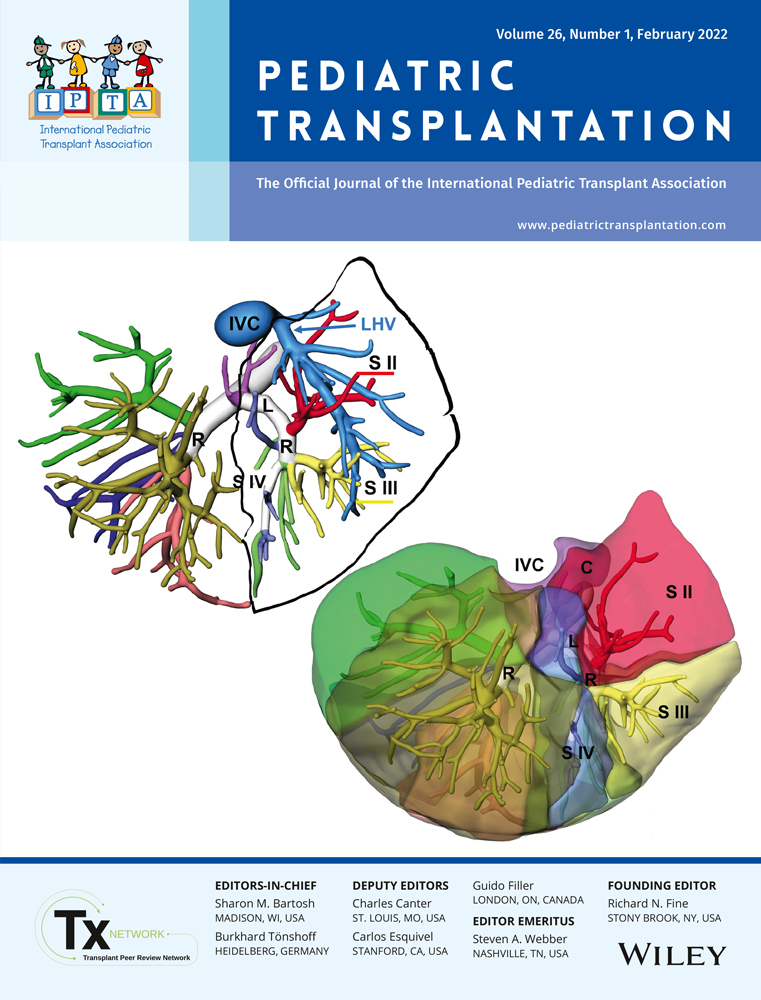Hepatic macrosteatosis in the US pediatric deceased liver donor population
Joshua W. Purvis and Babak J. Orandi are contributed equally to this work.
Funding information
Mr. Purvis was supported by the National Institute of Diabetes and Digestive and Kidney Diseases grant/award number: T35DK116670. Dr. Orandi was supported by the National Center for Advancing Translational Sciences Grant/award number: 1KL2TR003097) and the Career Development Award for Clinical/Outcomes/Education Research from the Society for Surgery of the Alimentary Tract. Dr. Locke was supported by the National Institute of Diabetes and Digestive and Kidney Diseases grant/award number: 5R01DK113980
Abstract
Introduction
The pediatric obesity epidemic is associated with early development of hepatic macrosteatosis, a hallmark of non-alcoholic fatty LI disease, which is thought to be more rapidly progressive in children than adults. Macrosteatosis in adult allografts is associated with allograft loss, but this has not been examined in pediatric donors.
Methods
We studied all pediatric potential whole LI donors (2005–2018) who had a LI biopsy in the SRTR (n = 862) and whose LI was transplanted (n = 862). Macrosteatosis was abstracted from biopsy reports and compared to values in the SRTR standard analytic file. Recipients of macrosteatotic pediatric allografts were matched 1:1 to recipients of non-macrosteatotic pediatric allografts by propensity score matching on donor/recipient variables. All-cause allograft loss was estimated via Kaplan–Meier analysis and Cox proportional hazards model.
Results
From 2005 to 2018, the proportion of pediatric donors (age ≥2 years) with obesity increased (14.8% to 21.7%; p < .001), as did the proportion of pediatric deceased whole LI-only donor allografts with macrosteatosis (n = 10 648; 1.8% to 3.9%; p < .001). The median degree of macrosteatosis among macrosteatotic donors was 10% (IQR 5–30). There were no significant differences in all-cause allograft loss between recipients of pediatric LI allografts with and without macrosteatosis at 90 days (p = .11) or 1 year (p = .14) post-transplant in Kaplan–Meier analysis or a Cox proportional hazards model (p > .05).
Conclusion
Obese pediatric LI donors have increased over time and were more likely to have hepatic macrosteatosis; however, pediatric macrosteatosis did not appear to adversely affect recipient outcomes.
CONFLICT OF INTEREST
None to report.
Open Research
DATA AVAILABILITY STATEMENT
Data are available from the SRTR.




